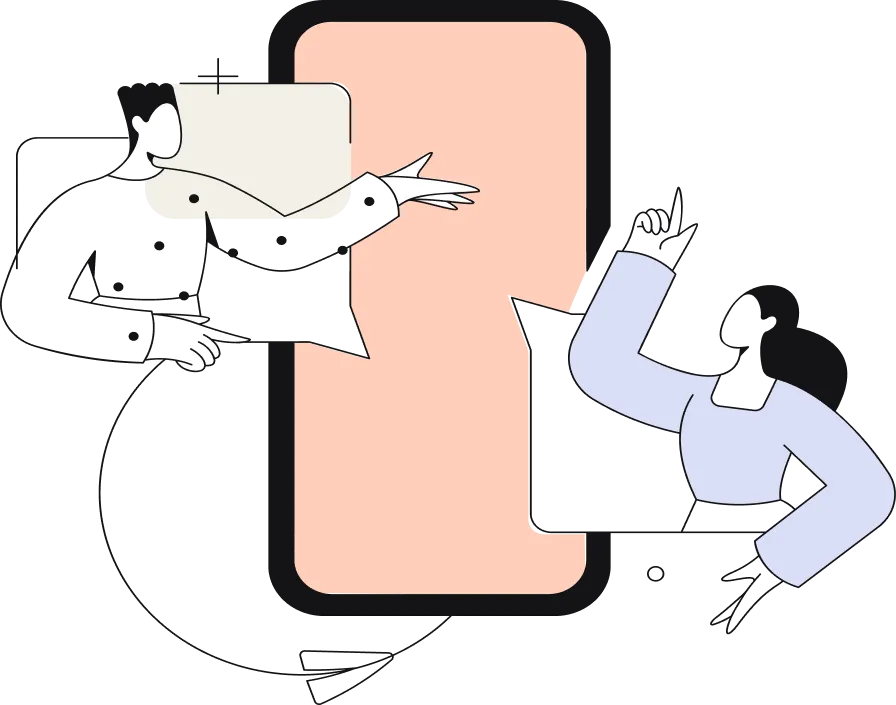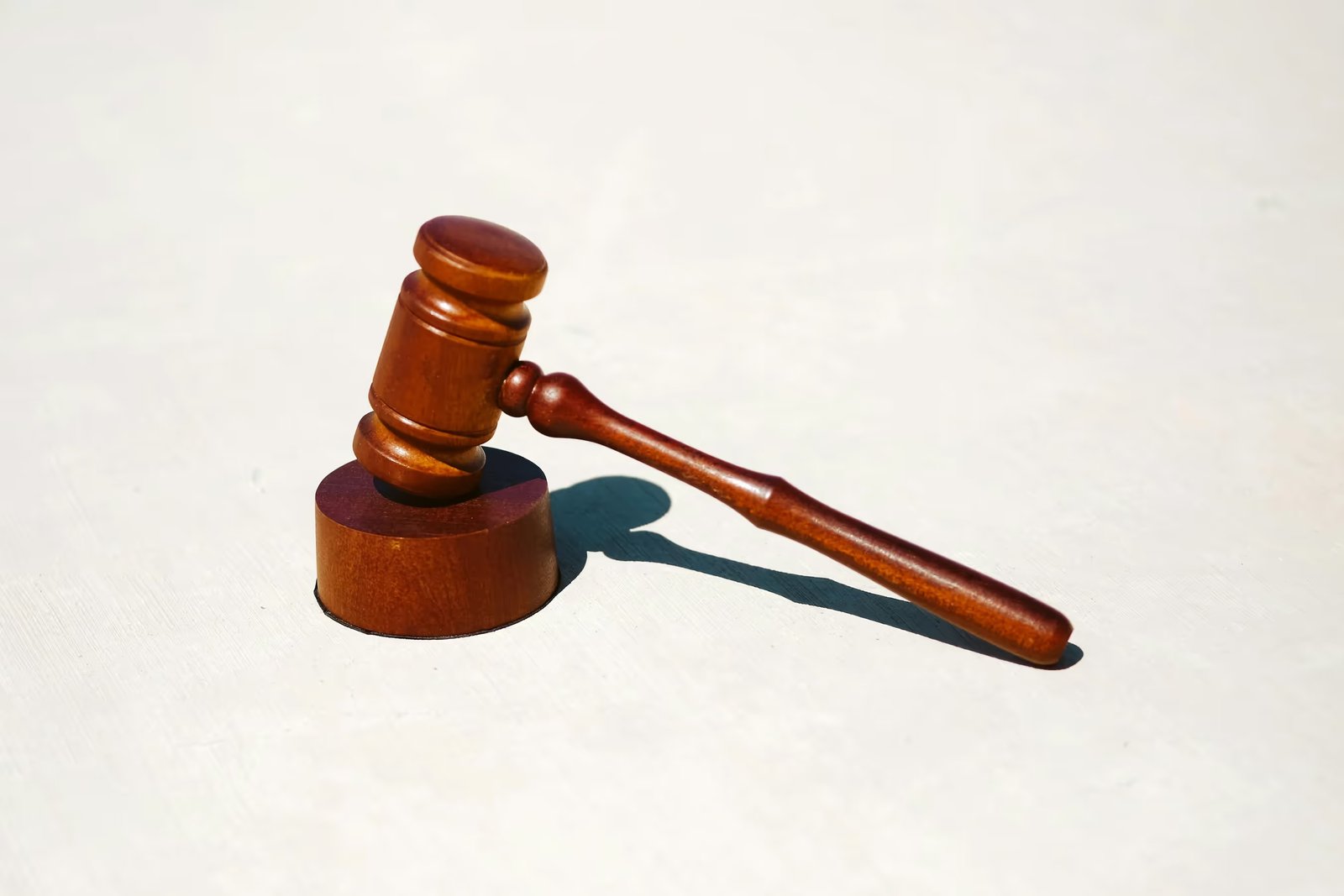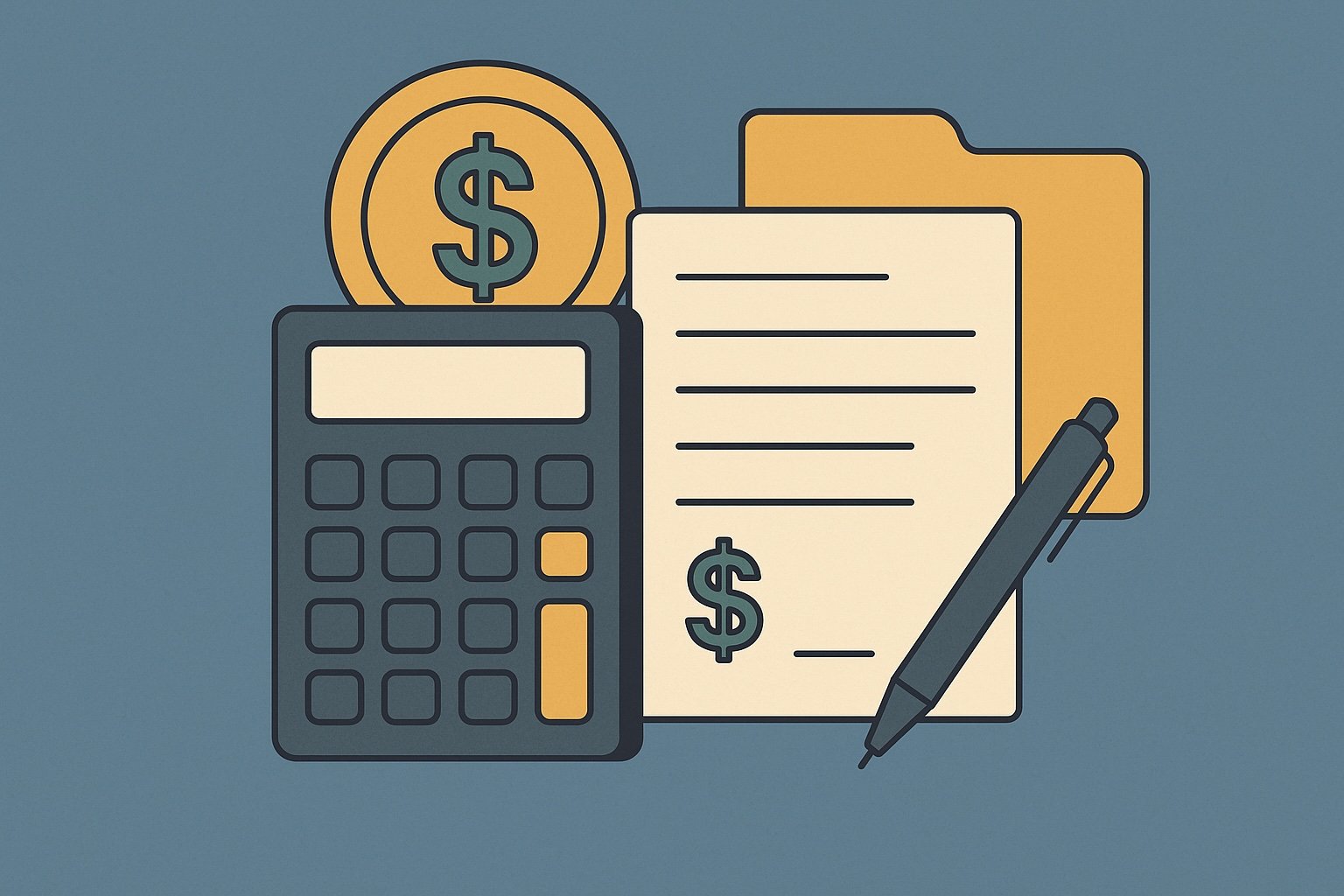Question
ARTE's Answer
Calculating a 1031 exchange involves several steps to ensure that you meet the requirements for deferring capital gains taxes. At Deferred.com, we offer qualified intermediary services to facilitate these exchanges, and our "No Fee Exchange" can save you money in the process. Here's a detailed breakdown of how to calculate a 1031 exchange, along with an example to illustrate the process.
- Determine the Adjusted Basis of the Relinquished Property: The adjusted basis is the original purchase price of the property, plus any capital improvements made, minus any depreciation taken. This figure is crucial as it helps determine the gain on the sale.
- Calculate the Amount Realized from the Sale: This is the selling price of the relinquished property minus any selling expenses, such as real estate commissions, title fees, and other closing costs. These expenses can be paid from the exchange proceeds without disqualifying the exchange, as long as they are typical transactional expenses.
- Determine the Realized Gain: Subtract the adjusted basis from the amount realized. This is the gain that would be subject to capital gains tax if not for the 1031 exchange.
- Identify and Acquire Like-Kind Replacement Property: The replacement property must be of equal or greater value than the relinquished property to defer all capital gains taxes. You must identify the replacement property within 45 days and complete the acquisition within 180 days.
- Calculate the New Basis in the Replacement Property: The new basis in the replacement property is the purchase price of the replacement property minus the deferred gain from the relinquished property.
Example:
Let's say you own a rental property that you originally purchased for $200,000. Over the years, you've made $50,000 in improvements and taken $30,000 in depreciation. You sell this property for $400,000, with $20,000 in selling expenses.
- Adjusted Basis: $200,000 (purchase price) + $50,000 (improvements) - $30,000 (depreciation) = $220,000
- Amount Realized: $400,000 (sale price) - $20,000 (selling expenses) = $380,000
- Realized Gain: $380,000 (amount realized) - $220,000 (adjusted basis) = $160,000
To defer the entire gain, you need to purchase a replacement property worth at least $380,000. Let's say you find a property for $400,000. You use Deferred.com as your qualified intermediary to facilitate the exchange.
- New Basis in Replacement Property: $400,000 (purchase price) - $160,000 (deferred gain) = $240,000
By using Deferred.com, you ensure that the exchange is structured correctly, and with our "No Fee Exchange," you save on costs typically associated with using a qualified intermediary. This example illustrates how a 1031 exchange can defer capital gains taxes, allowing you to reinvest in a new property without immediate tax consequences.
Have more questions? Call us at 866-442-1031 or send an email to support@deferred.com to talk with an exchange officer at Deferred.
Sources
- What To Do About Exchange Expenses in a Section 1031 Exchange? (Article)
- Rev. Rul. 2002-83 (Related Party Exchanges)
- Goolsby v. Commissioner
- TAM 200039005 (Failed Reverse Exchanges)
- 1.1031(k)–1 (IRS Code of Federal Regulations)
- TD 8535 (Like-Kind Exchanges of Real Property-Coordination with Section 453)
1031 Question? Ask ARTE
Deferred's AI 1031 Research Assistant is trained on 8,000+ pages of US tax law and outperforms human CPAs by 22%+
CHAT NOW
Learn More
See more frequently asked questions about 1031 exchanges








